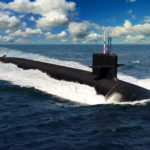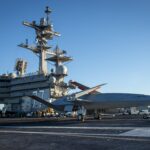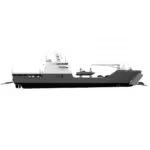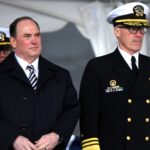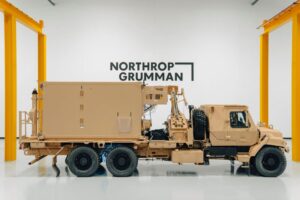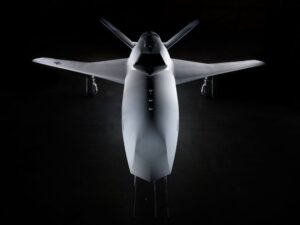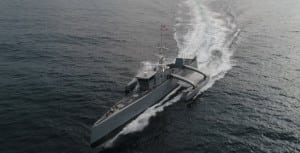
Last month, the Navy transferred the Sea Hunter unmanned surface vessel from the Office of Naval Research (ONR) to Surface Development Squadron One (SURFDEVRON One). A memorandum of agreement (MoA) signed by ONR, the Director of Surface Warfare (OPNAV N96), SURFDEVRON One, and Unmanned Maritime Systems Program Office (PMS-406) within program Executive Office Unmanned and Small Combatants (PEO USC) agreed on how to describe the relationships and responsibilities among them for the transition of the vessel. The MoA was inked…

 By
By 